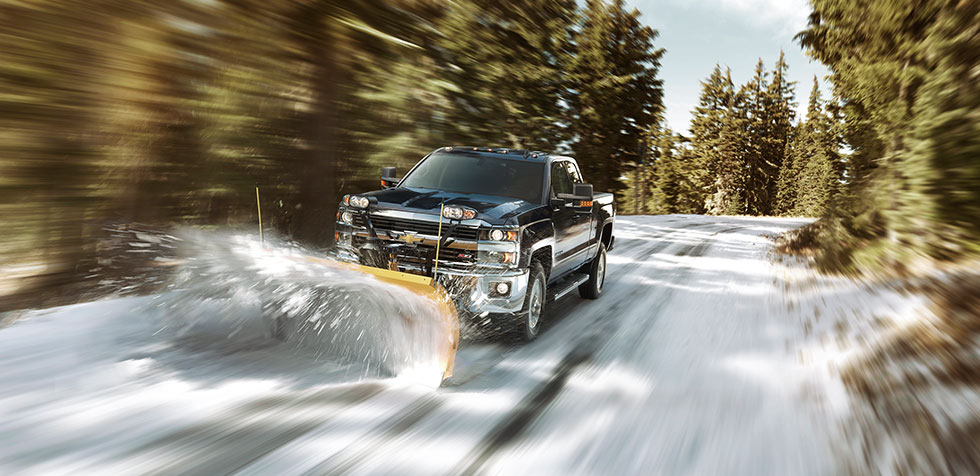

Keep Your Fuel System Flowing In the Cold Months
With Winter approaching and temperatures beginning to drop, it’s time to start thinking about how to keep your diesel fuel flowing well through the Winter months. If proper precautions are taken, you can prevent issues that may occur when diesel fuel is left cold and alone.
What Happens to Diesel Fuel in Cold Temperatures?
When anything begins to cool, the molecules start to slow down, eventually freezing. For a quick science refresher, when water reaches 32 degrees Fahrenheit (or 0 degrees Celsius) it freezes and turns to ice. Coincidentally, at around 32º F and below, diesel #2 can begin to crystallize and cloud your tank – this is known as the cloud point and trouble is on the horizon. So when your windshield starts to get frosty, keep in mind your diesel fuel could be next in line.
Pour Point – Fuel Gelling
Diesel fuel contains paraffin, an oily liquid also used as an ingredient to make candles. You can probably see where this is going. When outside temperatures dip 10-20º F below the cloud point, the cooled diesel fuel is going to turn your fuel filter and system into its best impression of a candle. This state is known as the pour point and is widely referred to as fuel gelling. When your diesel fuel begins to gel, it stops flowing freely through your fuel system, and your injectors may not be able to deliver adequate fuel. Your vehicle may not perform well, or in some instances may not run at all.
Be Proactive – Use Additives
Using additives can effectively change the pour points of your diesel fuel, allowing you to brave the cold. If you live in an area that regularly experiences below freezing temperatures, it’s best to start using additives as soon as the temperature begins to drop into range. Adding mixtures, such as ones sold by Stanadyne, can reduce pour points by as much as 40º, giving you the confidence you need to make the haul in the dead of winter.
Use Diesel #1 or “Winter Blend Diesel”
If your fueling station of choice offers diesel #1 during the winter months, this is can be a good temporary alternative, and can also be mixed with existing diesel #2 in your tank to help lower the pour point. Diesel #1 has cloud and pour points in the -40º F range, helping to prevent fuel gelling in the winter. Keep in mind that diesel #1 has reduced lubricating properties and should not be used long-term as it can cause premature wear to your fuel system. Many fuel stations also offer a “winterized blend” of diesel #1 and #2 which can be an option for those cold months. Both of these options should be considered temporary, as both can result in decreased lubricity and reduced fuel economy.
Stay Warm Out There
Whether you use additives or a winter fuel blend in your tank, make sure you pay attention to the weather, so you can spend more time on the road and less time in the garage.
Stay warm out there!






